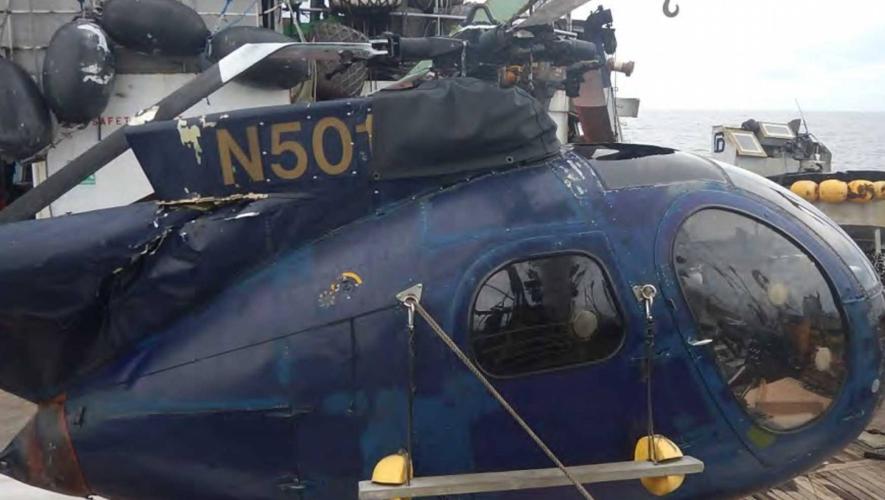Former National Transportation Safety Board (NTSB) member and chairman Robert Sumwalt began his tenure as a distinguished fellow in aviation safety and executive director of the new Embry-Riddle Aeronautical University Center for Aviation and Aerospace Safety in January. Sumwalt was one of the NTSB’s longest-standing members, serving from 2006 to 2021 and holding the role as chairman since 2017. Prior to joining the NTSB, he spent 32 years as a pilot, including for Piedmont Airlines and US Airways, and also managed a corporate aviation department of a Fortune 500 energy company, amassing some 14,000 flight hours. While at US Airways, he served on the airline's flight operational quality assurance (FOQA) monitoring team. At Embry-Riddle, he intends to focus his attention on “three buckets” of interest, he told AIN.
“One is research. Part of the university's strategic plan is to bring in more research, and there are certainly a lot of areas ripe for improvement. Then we will be looking at our academic curriculum, across all three of our campuses, to see if there are ways that we can enhance that to better prepare students.” Finally, Sumwalt said, he will examine the university’s professional education courses “to see if there are ways that we can enhance that program.” He also noted that the university plans to use advisory boards to “keep our fingers on the pulse of what the industry needs.”
With regard to helicopter safety, Sumwalt again made the case for increased helicopter IFR and development of a low-level route structure to support it as a long-term strategy to avoid accidents related to encounters with inadvertent IMC. “The NTSB, years ago, did call for an enhanced low route structure to accommodate IFR helicopter traffic, and that needs to move forward. It is much safer to have a well-trained, well-qualified, proficient pilot in a helicopter that is capable of operating in IFR conditions.” Sumwalt made a similar case last year in the wake of the NTSB hearings on the fatal 2020 helicopter crash that killed basketball legend Kobe Bryant and eight others. Then he told AIN, “Which would you rather have? Somebody who is scud-running in a hilly area—or anywhere—or would you rather have someone who is competent, qualified, and certified to be flying IFR, where they are receiving the radar separation they need and have the terrain clearances that are in accordance with the TERPS [terminal instrument procedures]. We’ve seen so many accidents where people are trying to remain VFR and then get into inadvertent IMC.”
While he praised the “great promise” for the increased use of virtual reality and augmented reality in flight training, Sumwalt cautioned against misuse that would “give the wrong results.”
“It would not be constructive if we choose to simulate, for example, flying into [inadvertent] IMC and the pilot says, ‘Okay, I can easily fly through this, you know, get out of it.’ It has to simulate the right potential. I wouldn't want to be falsely building confidence, but I think it does hold great promise for better-prepared pilots. There's a lot of potential to do some really good research that will result in improved safety,” Sumwalt said, particularly in the area of pilot reaction to inadvertent IMC. “We would love to be able to do that research and get the funding for such research.”
Sumwalt avoided jumping into the current fray over 5G C-band radar altimeter interference other than to say, “We can’t let something like that happen again.” But he pointed out that there are times when government agencies other than the FAA will have primacy over aviation, as in the aftermath of the 9/11 terrorist attacks. However, such scenarios “should be extremely rare.” Sumwalt said increasing levels of technology in the cockpit was a net positive. “Technology can help us in so many aspects and I do think that these newer-generation aircraft are part of the reason that our commercial aviation safety record has improved significantly.” But, he cautioned, “We’ve got to make sure that pilots stay mentally involved with flying the airplane.”
Sumwalt declined to assign differing significances to the cases he worked on while at the NTSB because they all involved “loss of life,” but he did concede that certain cases were more “high-profile” than others including the crash of Colgan Air Flight 3407 on Feb. 12, 2009. The Bombardier Q400 turboprop slammed into a house in Clarence Center, New York, killing all 49 aboard and one in the house. In the aftermath of the accident, the pilots’ qualifications and training faced serious scrutiny. “I think the Colgan Air crash certainly was a watershed event. It fundamentally changed the way that pilots are selected, trained, and maintained,” he said.
When asked what three things he would most try to impress upon a student pilot, Sumwalt advised: follow procedures, avoid complacency, and have the right attitude about flying and risk management. Following procedures begins with observing sterile cockpit discipline, he said. “I know it sounds really simple, but it’s difficult.”







